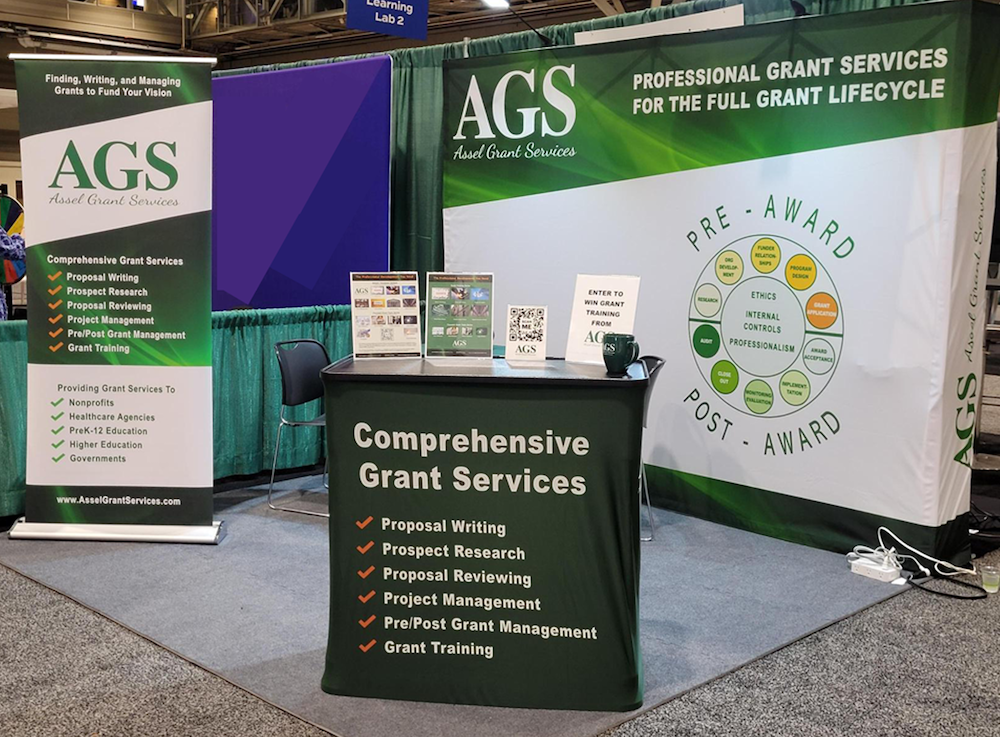Community
12 May Should you avoid the elephant in the room…or address it? By Ashley Dooley
Fundraising is not always easy. Some causes more easily tug on donors’ or funders’ heartstrings more than others. I am sure you can picture the TV commercial with sad music and malnourished children urging you to donate just $2 per month to help feed them. As a mother, I feel physical empathy for mothers of infants who do not have enough formula, diapers, and clothes to care for their children. Causes like this produce a warm, fuzzy vibe that you just cannot say no to. Not all organizations naturally evoke such strong emotions. In some cases, the emotions may be negative and that can make fundraising tricky. What if your cause (or organization) is the big elephant in the room blocking funders from seeing the impact you can/do have? Perhaps you are part of a national organization involved in a scandal, a school district that has recently failed accreditation, or a local nonprofit perceived to serve only wealthy people. Each of these situations can make it challenging to raise the money needed, because donors and funders may be blinded by the media or personal bias. How do you overcome that hurdle?14 Apr Low Hanging Fruit Still Needs Cultivation By: Kellie Brungard, GPC
28 Apr AGS at AFP ICON in New Orleans
Last month, three of our staff - our President/CEO, Julie Assel; our VP of Operations, Julie Alsup; and Administrative Assistant, Katie Kendle - traveled down to New Orleans to the AFP ICON conference to exhibit and talk to development staff from across the world about...
21 Apr Appreciating and Engaging Your Volunteers by Roxanne Jensen, Ed.S., GPC
30 Nov Everyone Gets a Piece of the Pie – Community Partnerships that Matter by Kellie Brungard, GPC
15 Nov Taking the Time to be Thankful by Roxanne Jensen, Ed.S., GPC
11 Aug Funding Alert! Opportunities for Restoring Communities
Department of Transportation Attention government officials, metropolitan planning organizations, and non-profits! The Department of Transportation (DOT) is now accepting proposals for its Reconnecting Communities Pilot Discretionary Grant program. The program provides technical assistance and grant funding for planning and capital construction to address infrastructure barriers, restore community connectivity, and improve people’s lives. Applications for this program are due October 13, 2022.16 Feb What Can a Grant Writer Do to Advance Equity? by Julie Alsup, GPC
The funders forum is always the anxiously awaited portion of any grant professionals conference. The Regional Grant Professional Association’s conference I attended was no different. Wisely slated for the final hour of the Friday conference, the room was packed. Young professionals and advanced practitioners alike...
28 Jan Letters of Support and Commitment by Julie Assel, GPC
Letters of Support and Commitment Basics Many grants now require attachments called letters of support or letters of commitment. These letters, if created well, can provide significant additional information and credibility to your proposal. Important content to include in each type of letter will be covered...
- 1
- 2








